The quality of silage or hay saved in 2022 will potentially have a massive bearing on overall feed costs depending on the farming system in place. For example, the quality of forage in an autumn-calving herd for feeding young or finishing stock and ewes will dictate the level of concentrate supplementation required.
Table 1 shows the level of supplementation required for a twin-bearing ewe in late pregnancy. The level of concentrates required for excellent-quality silage (75% DMD) over moderate-quality silage (65% DMD) is 13kg to 15kg higher which translates to a cost of €6.25 to €7.50 per head at a cost of €500/t of concentrates.
Variable quality
On many mixed sheep and suckler farms, producers target a percentage of high-feed-quality bales made from surplus grass taken out of the rotation to feed priority stock and a bulkier cut to feed suckler cows who tend to do OK on medium- to good-quality silage due to a lower energy requirement and much lower relative milk yield.
It is impossible to predict what the year will bring but growth has been slow to-date and most sheep farms are a long way from being in a situation of having surplus grass to take out of the rotation. Therefore, the aim in the coming months must be to ensure that sufficient high-quality silage is available for ewes and other priority stock. This could include closing a defined area for a short growing season of six to eight weeks and prioritising quality over quantity.
An integral aspect includes carrying out a simple fodder budget to identify the quantity of silage required. As a rule of thumb, 1t of pit silage at 25% dry matter will feed 10 ewes for 25 days or 100 ewes for two-and-a-half days. A 650kg round bale of silage at 30% dry matter will feed 10 ewes for 20 days or 100 ewes for two days.
Quality versus quantity
The greatest focus on quality with ewes is in late pregnancy but for farms where ewes are housed for long periods over the winter, quality is also relatively important in mid-pregnancy as the aim must be to conserve body reserves for utilising in the high-energy and high-cost periods of early lactation and late pregnancy.
A 70kg ewe in mid-pregnancy will require in the region of 0.8UFL to satisfy demand. To equate this figure in to an easier to understand example, 1kg of air-dry barley is equivalent to 1UFL.
Table 2 also details the energy values in UFL per kilo of dry matter for silage and hay of variable dry matter digestibility (DMD).
Silage quality on many farms is in the region of 65% DMD to 72% DMD. Ewes will typically need to consume in the region of 1.1kg to 1.2kg silage dry matter, equivalent to 5kg silage freshweight at 20% dry matter or 3.5kg to 4kg freshweight at 30% dry matter. This will not be any problem with better-quality silage.
The issues arises with poor-quality, low digestibility silage as such quality will depress intake in ewes and leave them in a situation where they cannot physically consume enough dry matter to meet nutritional demands. If ewes were to consume silage of 60% DMD they will at best consume 0.6kg to 0.7kg dry matter. This translates to ewes only receiving 50% to 60% of daily nutritional requirements and possible weight loss of 1kg or higher per week.
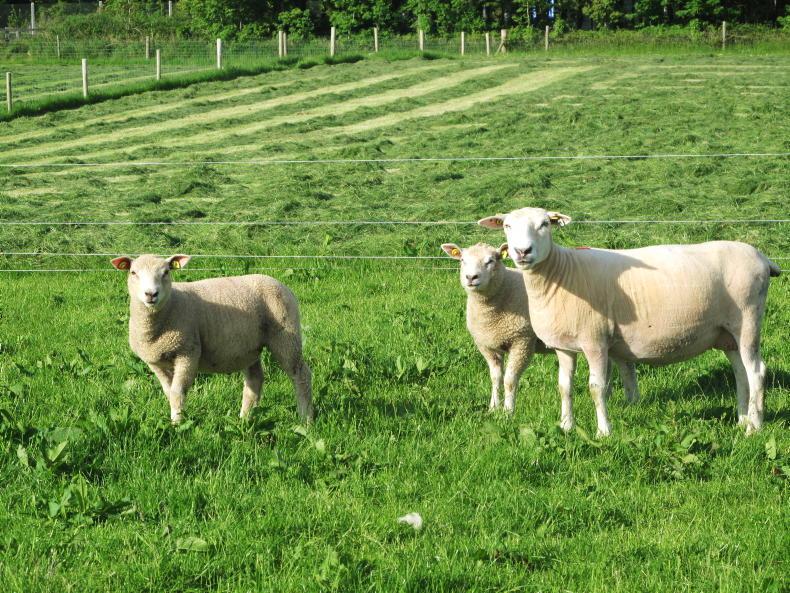
Where sheep farmers have relied on surplus grass being present to make high-quality silage they may need to tweak plans this year if fertiliser application rates are lower on grazing ground.
Hay typically has a lower energy value than silage but where it is good-quality ewes can compensate somewhat by consuming higher quantities. Ewes consuming precision-chop silage will also be able to consume higher quantities over single-chop silage.
The quality of silage or hay saved in 2022 will potentially have a massive bearing on overall feed costs depending on the farming system in place. For example, the quality of forage in an autumn-calving herd for feeding young or finishing stock and ewes will dictate the level of concentrate supplementation required.
Table 1 shows the level of supplementation required for a twin-bearing ewe in late pregnancy. The level of concentrates required for excellent-quality silage (75% DMD) over moderate-quality silage (65% DMD) is 13kg to 15kg higher which translates to a cost of €6.25 to €7.50 per head at a cost of €500/t of concentrates.
Variable quality
On many mixed sheep and suckler farms, producers target a percentage of high-feed-quality bales made from surplus grass taken out of the rotation to feed priority stock and a bulkier cut to feed suckler cows who tend to do OK on medium- to good-quality silage due to a lower energy requirement and much lower relative milk yield.
It is impossible to predict what the year will bring but growth has been slow to-date and most sheep farms are a long way from being in a situation of having surplus grass to take out of the rotation. Therefore, the aim in the coming months must be to ensure that sufficient high-quality silage is available for ewes and other priority stock. This could include closing a defined area for a short growing season of six to eight weeks and prioritising quality over quantity.
An integral aspect includes carrying out a simple fodder budget to identify the quantity of silage required. As a rule of thumb, 1t of pit silage at 25% dry matter will feed 10 ewes for 25 days or 100 ewes for two-and-a-half days. A 650kg round bale of silage at 30% dry matter will feed 10 ewes for 20 days or 100 ewes for two days.
Quality versus quantity
The greatest focus on quality with ewes is in late pregnancy but for farms where ewes are housed for long periods over the winter, quality is also relatively important in mid-pregnancy as the aim must be to conserve body reserves for utilising in the high-energy and high-cost periods of early lactation and late pregnancy.
A 70kg ewe in mid-pregnancy will require in the region of 0.8UFL to satisfy demand. To equate this figure in to an easier to understand example, 1kg of air-dry barley is equivalent to 1UFL.
Table 2 also details the energy values in UFL per kilo of dry matter for silage and hay of variable dry matter digestibility (DMD).
Silage quality on many farms is in the region of 65% DMD to 72% DMD. Ewes will typically need to consume in the region of 1.1kg to 1.2kg silage dry matter, equivalent to 5kg silage freshweight at 20% dry matter or 3.5kg to 4kg freshweight at 30% dry matter. This will not be any problem with better-quality silage.
The issues arises with poor-quality, low digestibility silage as such quality will depress intake in ewes and leave them in a situation where they cannot physically consume enough dry matter to meet nutritional demands. If ewes were to consume silage of 60% DMD they will at best consume 0.6kg to 0.7kg dry matter. This translates to ewes only receiving 50% to 60% of daily nutritional requirements and possible weight loss of 1kg or higher per week.

Where sheep farmers have relied on surplus grass being present to make high-quality silage they may need to tweak plans this year if fertiliser application rates are lower on grazing ground.
Hay typically has a lower energy value than silage but where it is good-quality ewes can compensate somewhat by consuming higher quantities. Ewes consuming precision-chop silage will also be able to consume higher quantities over single-chop silage.






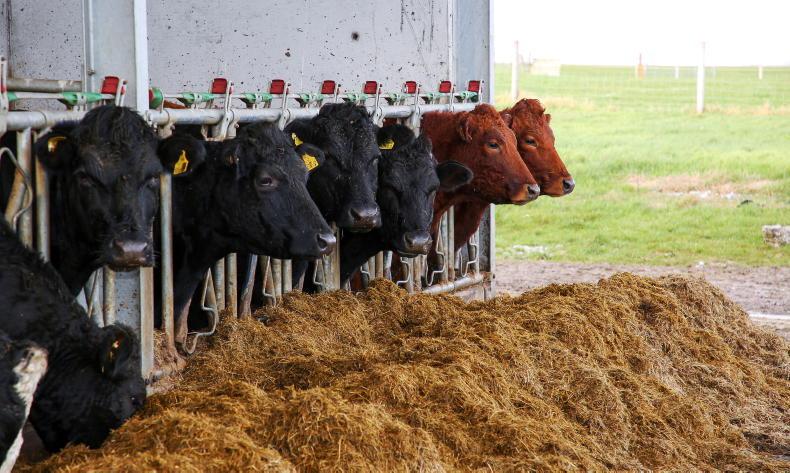

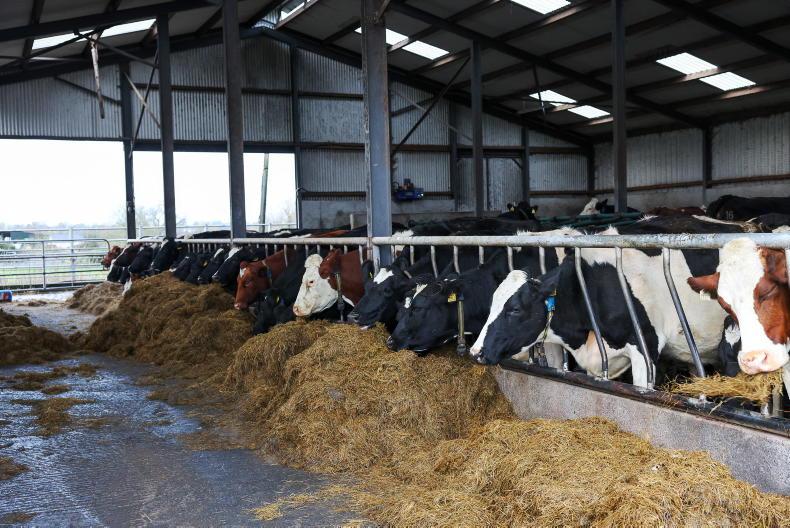
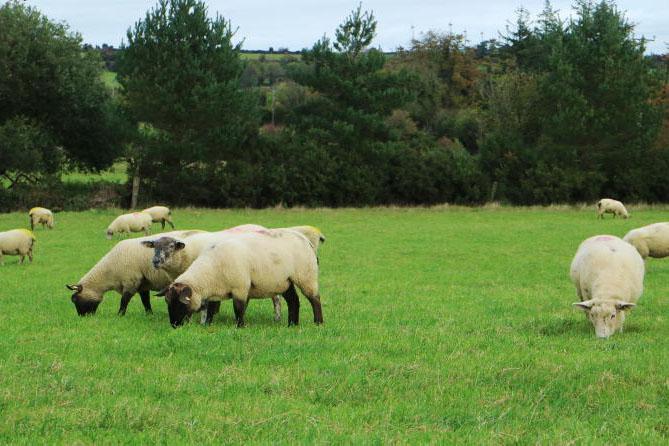
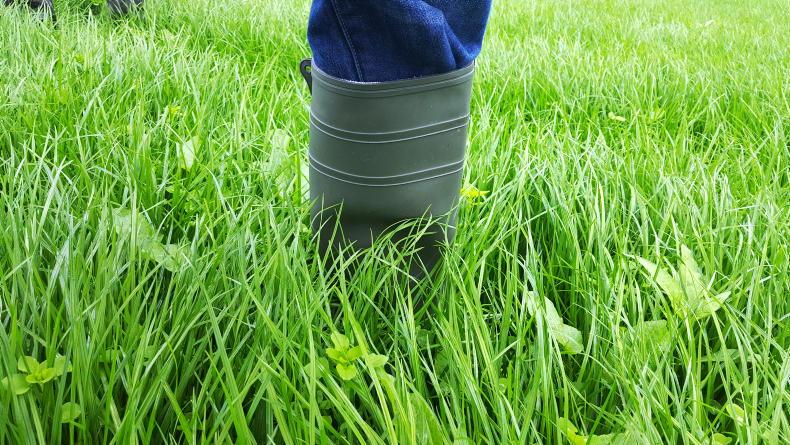
SHARING OPTIONS